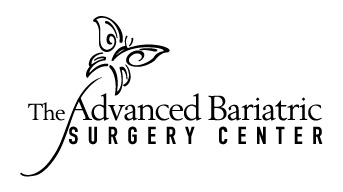RYGB
Roux-en-Y Gastric Bypass

In Gastric Bypass surgery, a small pouch is created from the upper stomach. The rest of the stomach and typically the top 10% of the small intestine is bypassed (doesn’t see food anymore). The bottom 90% of the small intestine is then brought up to the small pouch and connected to it. The acid and juices from the stomach and the digestive enzymes from the upper 10% of the small intestine, that has been bypassed, are then plugged into the intestine lower down to join the food so that “normal’ digestion can occur. This is where the “Y” in the name comes from. Gastric bypass surgery is typically done laparoscopically. The Gastric Bypass was for many years the “gold standard” for bariatric surgery and is still considered one of the best surgeries available for helping people lose weight and regain health. There is slightly more weight loss and long-term success with a Gastric Bypass when compared to Sleeve surgery. It is the best treatment for reflux (heartburn) available. People tend to be more sensitive to sugars and fats after RYGB (dumping syndrome) which is helpful in maintaining a healthier diet. The downside for RYGB is that there is a restriction on the types of medications that can be taken. NSAIDS (nonsteroidal anti-inflammatory drugs) should not be taken after RYGB as they can cause ulcers at the connection point between the pouch and intestine. Medications such as aspirin, ibuprofen/Advil, naproxen/Aleve should be avoided. Tylenol can be taken after RYGB.
Get In Touch
Call
(806) 687-5670
David Syn, M.D.
President
The Advanced Bariatric Surgery Center, P.A.
Address
3805 22nd Place, Lubbock, TX 79410
